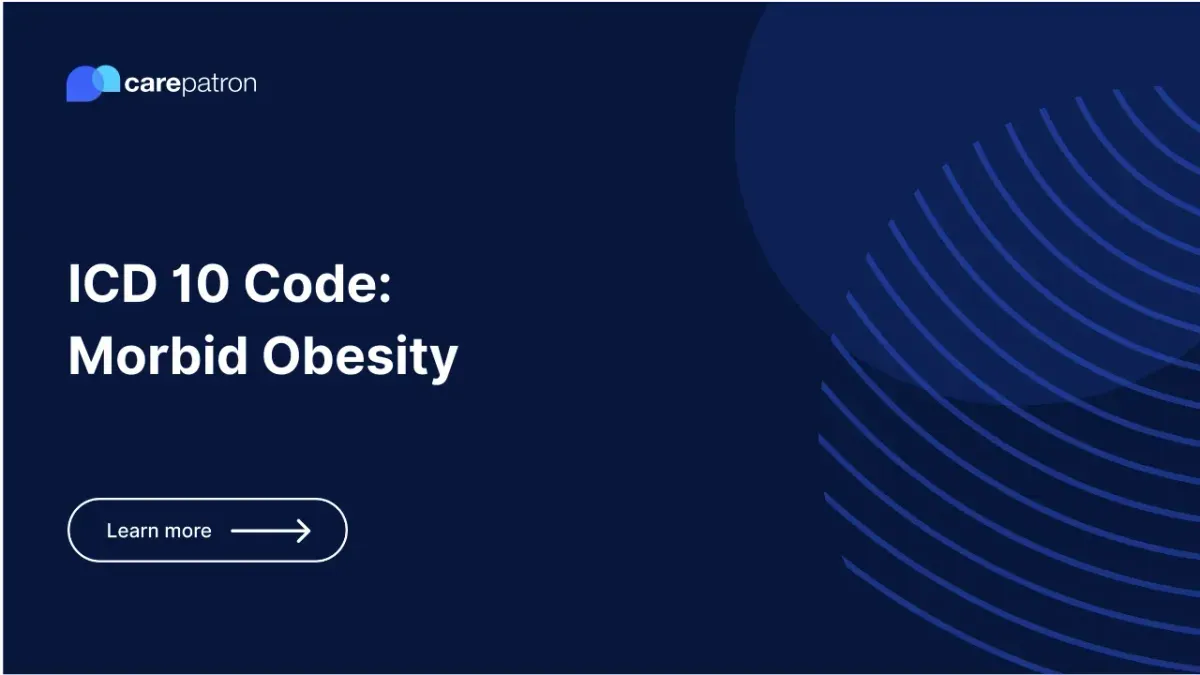
Morbid Obesity ICD-10-CM Codes
Explore the ICD-10 codes used for morbid obesity, understand when they are billable, and learn about typical treatments for this severe health condition.
Use Code
Commonly asked questions
A Morbid Obesity ICD code is used when a patient has been diagnosed with severe obesity. This is typically determined by a Body Mass Index (BMI) of 40 or higher, or being 100 pounds or more overweight compared to the recommended weight for their height and body type. The codes accurately document the patient's condition in their medical records and play a crucial role in healthcare management and billing processes.
Treatment for morbid obesity often involves a multi-disciplinary approach. This can include dietary changes, increased physical activity, behavior modification, medication, and in some cases, bariatric surgery. Treatment choice depends on the severity of obesity, other health conditions, and the individual's readiness and ability to participate in weight loss plans. Regular follow-ups are crucial to monitor progress and adjust treatment as necessary.
A diagnosis code for Morbid Obesity is a standardized code used in the medical field to signify that a patient has been diagnosed with severe obesity. These codes are part of the International Classification of Diseases (ICD), used worldwide for morbidity and mortality statistics, insurance billing, and health care planning and management. In the context of Morbid Obesity, these codes help to document the severity of the patient's condition and guide appropriate treatment strategies.
EHR and practice management software
Get started for free
*No credit card required
Free
$0/usd
Unlimited clients
Telehealth
1GB of storage
Client portal text
Automated billing and online payments
